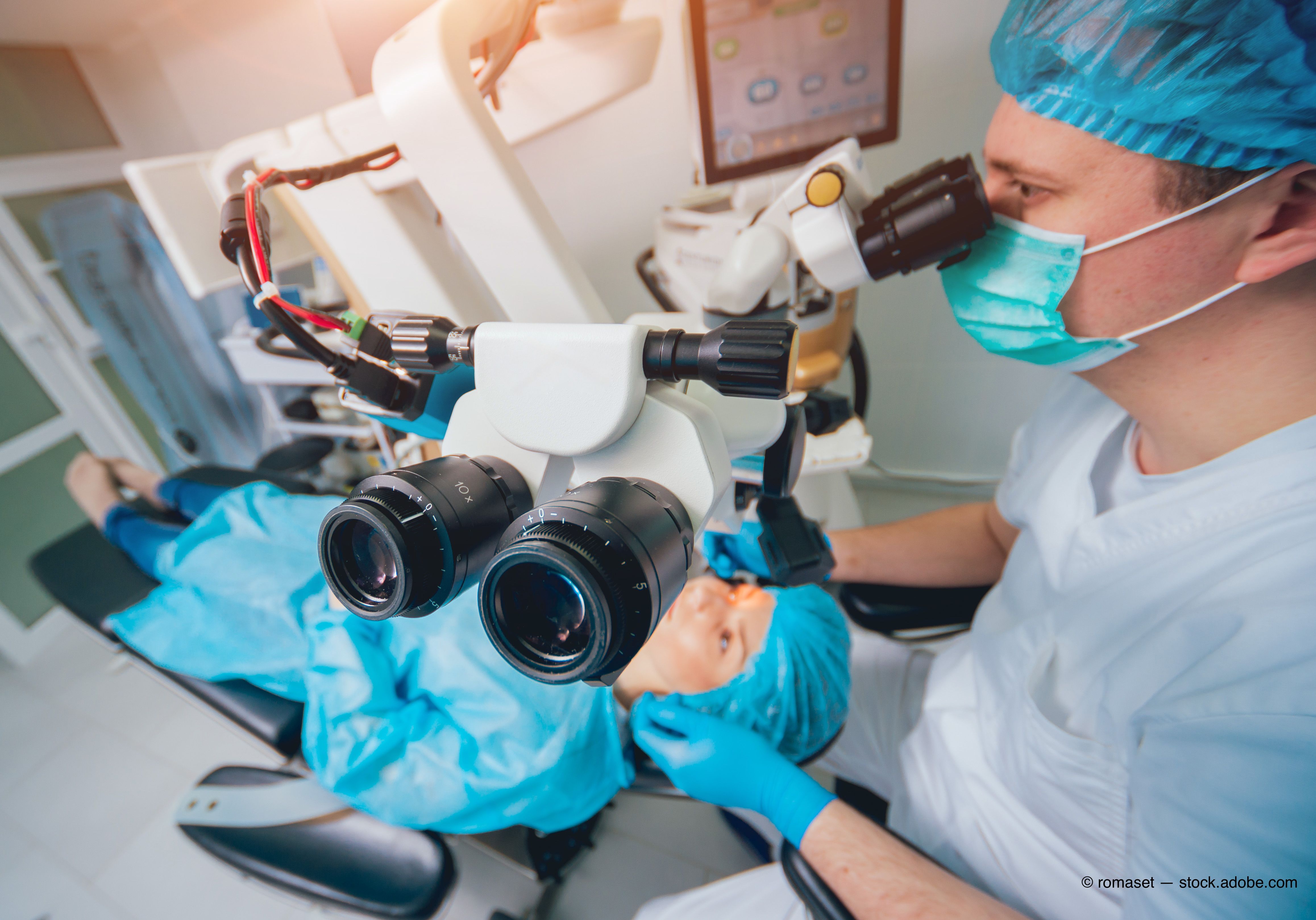Article
SS-OCT detecting macular pathology prior to cataract surgery
Author(s):

A study evalutating the performance of a swept-source optical coherence tomography-based biometry device for identifying macular pathology in patients before cataract surgery found that it helped lower the rate of overlooked macular pathologies when it was combined with dilated biomicroscope examination.
This article was reviewed by Yishay Weill, MD
A swept-source optical coherence tomography (SS-OCT)-based biometry device (IOL Master 700, Carl Zeiss Meditec) can help with the identification of some significant macular pathologies that otherwise would have been missed using a standard dilated fundus examination for the preoperative evaluation of cataract surgery patients, said Yishay Weill, MD.
Dr. Weill and colleagues at the Shaare Zedek Medical Center, Jerusalem, Israel, undertook a retrospective study to assess the efficacy of the biometer for identifying macular pathology by comparing its findings with those of spectral-domain OCT scans (Spectralis, Heidelberg Engineering) performed on the same day in 460 consecutive eyes of 460 patients.
Related: Understanding advantages, limitations of SS-OCT
“Currently, dilated clinical fundus examination is the standard of care for evaluating the macula prior to cataract surgery, but in a previous study we found that it missed more than 50% of existing pathology when the findings were compared with dedicated macular SD-OCT,” said Dr. Weill, refractive surgery and cornea fellow, department of ophthalmology, Shaare Zedek Medical Center. “Macular pathology is important to identify preoperatively because it may affect visual recovery after cataract surgery leading to unmet patient expectations and it may also be worsened by the cataract surgery.”
Dr. Weill noted that the SS-OCT biometer does not substitute for a dedicated SD-OCT macular examination for identifying and diagnosing macular pathology because it is not as sensitive.
“Surgeons need to use whatever tools are available to lower the rate of overlooked macular pathology, and the SS-OCT biometer is useful for that purpose,” he said.
The SS-OCT scans were reviewed by a blinded experienced technician and the SD-OCT scans were reviewed independently by a blinded retina specialist. Of the 460 SD-OCT scans, 40 (8.7%) were rated as noninterpretable, 256 (55.6%) were normal, and 164 (35.7%) showed clinically significant pathology.
With SS-OCT, 56 (12.2%) scans were non-interpretable, abnormalities were identified in 48 (10.4%) eyes, and 356 (77.4%) scans were considered normal. SD-OCT identified an abnormality in 121 of the 356 scans considered normal on SS-OCT and in 38 of the 48 SS-OCT that were identified as abnormal.
Related: Understanding advantages, limitations of SS-OCT
Analyses of these data showed that SS-OCT had 92% specificity, 23% sensitivity, 67.3% negative predictive value, and 84.4% positive predictive value.
Dr. Weill pointed out that if an abnormality is identified on the SS-OCT foveal printout, there is a high probability that an abnormality exists.
“We saw that if we rely solely on dilated fundus biomicroscopy to evaluate the macula before cataract surgery, 52% of pathologies will be overlooked,” he said. “If we also take care to examine the SS-OCT scan from the biometer, the rate dropped to 37%. This is still a high and unacceptable number, but surely an improvement.”
The SS-OCT device performed best in identifying abnormalities associated with macular thickening. Specifically, it identified all cases of vitreomacular traction, 82% of eyes with an epiretinal membrane causing macular thickening, and 52% of eyes with cystoid macular edema. However, it only identified 15% of eyes with dry age-related macular degeneration and none of the eyes with a mild epiretinal membrane without macular thickening.
The difference in performance between the SS-OCT biometer and dedicated macular SD/SS-OCT is explained by the SS-OCT device’s lower resolution (22 versus 5 μm) and imaging of a smaller central area (1x1 mm versus 6x6 mm).
Related: Assessing quality of OCT scans impacts clinical-decision process
“In the near future, ophthalmologists will have instruments that combine optical biometry and high-resolution macular OCT,” Dr. Weill said.
Although dedicated macular SS/SD-OCT is most reliable for detecting macular pathology, the investigators noted that there is a need to study the cost-effectiveness of incorporating it as a routine component of the preoperative evaluation.
“We need to determine the cost of overlooking macular pathology and compare it with the cost of performing macular SD-OCT in every cataract surgery patient,” Dr. Weill concluded. “The device and technician’s time add to the cost of the preop evaluation, and in most cases there is no reimbursement to the surgeon for the testing.”
Read more clinical diagnosis content
Yishay Weill, MDE: yishayweill@gmail.com
This article was adapted from Dr. Weill's presentation at the American Academy of Ophthalmology 2019 annual meeting. Dr. Weill has no relevant financial interests to disclose.
Newsletter
Don’t miss out—get Ophthalmology Times updates on the latest clinical advancements and expert interviews, straight to your inbox.




